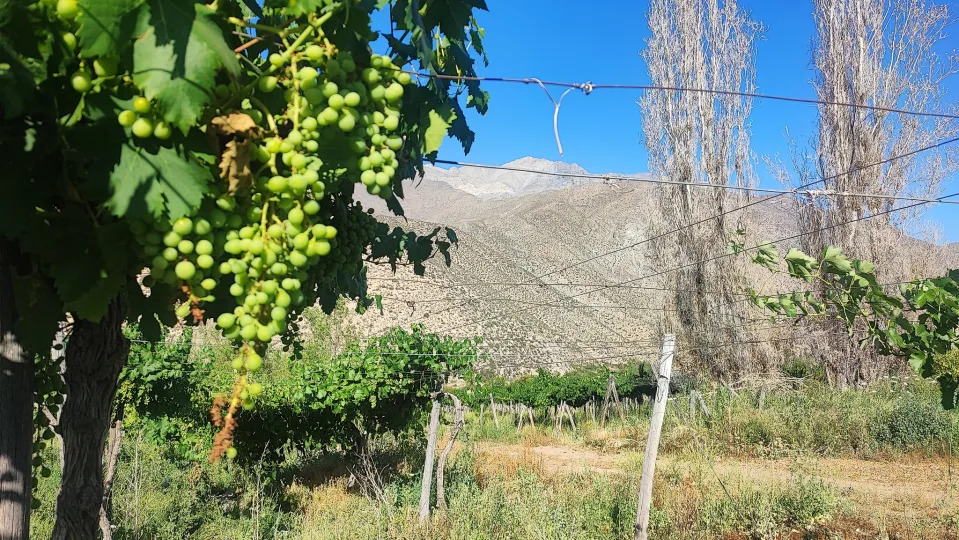The Chilean producers of pisco, a liquor made by distilling wine, are preparing a candidacy to nominate three pisco valleys in the north of the country as Unesco wine-growing cultural landscape heritage, with the aim of relaunching the product internationally and attracting more tourism that promotes the economy in those regions.
Pisqueros from the Elqui, Limarí and Choapa valleys sealed an agreement on Friday, at a summit held in the town of Monte Patria, in the Coquimbo region, with representatives of the Chilean government, politicians, local authorities and other civil society actors. , to join efforts in the candidacy.
In the event that a request to the United Nations Educational, Scientific and Cultural Organization (Unesco) is successful, the valleys of the Andean foothills of the Coquimbo region (north) will be the first in America to be declared a landscape wine culture, on a par with areas with a tradition of producing wine such as the French Burgundy and Champagne.
INTERNATIONAL PRESENCE
“The candidacy requires mobilizing the public and private sectors, understanding all sectors; it is something holistic that aspires to promote the entire territory, a very interesting option for the region and for all of Chile,” the person in charge of the investigation assured EFE. history of the candidacy of the pisqueros, Pablo Lacoste.
“It includes all sectors, thinking of the entire territory, promoting productive chains, valuing gastronomy, tourist attractions, native peoples, crafts, art, culture,” added the historian.
The declaration of the pisco valleys as a wine cultural landscape would give the liquor greater international exposure than it currently is, which could attract more tourism to the region; The objective of the actors involved is to structure the pisco areas with the greatest economic activity to anchor the local population.
The pisco farmers will take to Unesco the declaration of their valleys as a wine cultural landscape in 2023, after completing the work started in 2021 to document the historical, architectural and cultural heritage linked to pisco production.
LINKED TO TRADITION
The valleys of Elqui, Limarí and Choapa are located in the north of Chile, in an arid area at the gates of the Atacama desert and on the slopes of the Andes; Its warm and sunny climate makes the grapes grow sweeter than in other areas of the country, an essential characteristic to produce the pisco distillate.
The narrow arid valleys of the foothills are dyed green at their lower levels, irrigated by narrow rivers that make possible the agricultural tradition of those areas, which had been established before the colonization of the country by Europeans.
This is the case of the Waqar pisco, run by the Camposano family and located in the Monte Patria commune, and which is committed to a limited edition artisanal pisco that commands a higher value per bottle than its more commercial equivalents; Its distillery dates back to the mid-19th century and, although it has already suffered interruptions, the current generation resumed the family tradition.
Half of Waqar’s product goes abroad, mainly to Europe, and he has even won a prize in a London cocktail contest with a recipe made with his distillate. “These valleys made pisco known 100 years ago, and today they continue to be judged for their tradition and their great contribution to the quality of pisco,” Waqar founder Jaime Camposano told EFE.
The fisherman uses his sensory experience to achieve the product he is looking for, with a process that varies slightly each time it is repeated; It is an artisan technique from the choice of raw material to the final bottling.
For Camposano, the declaration of the valley where Waqar is located, the Limarí, as a wine cultural landscape “would not only be an award”, but “the end of a very long history” of formation of the pisco valleys as wine producers.
“We remain attached to the territory and tradition; here are the machinery that my grandfather, my great-grandfather used, the place where they distilled,” concludes Camposano.

